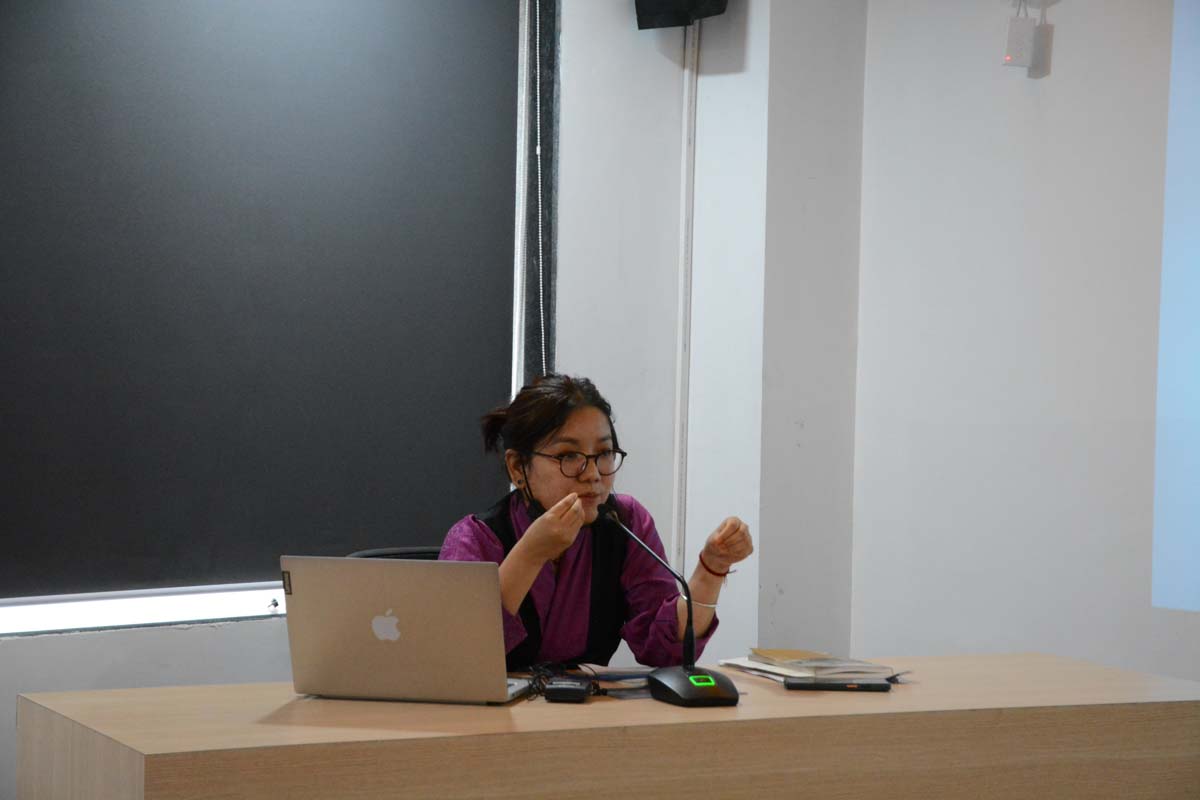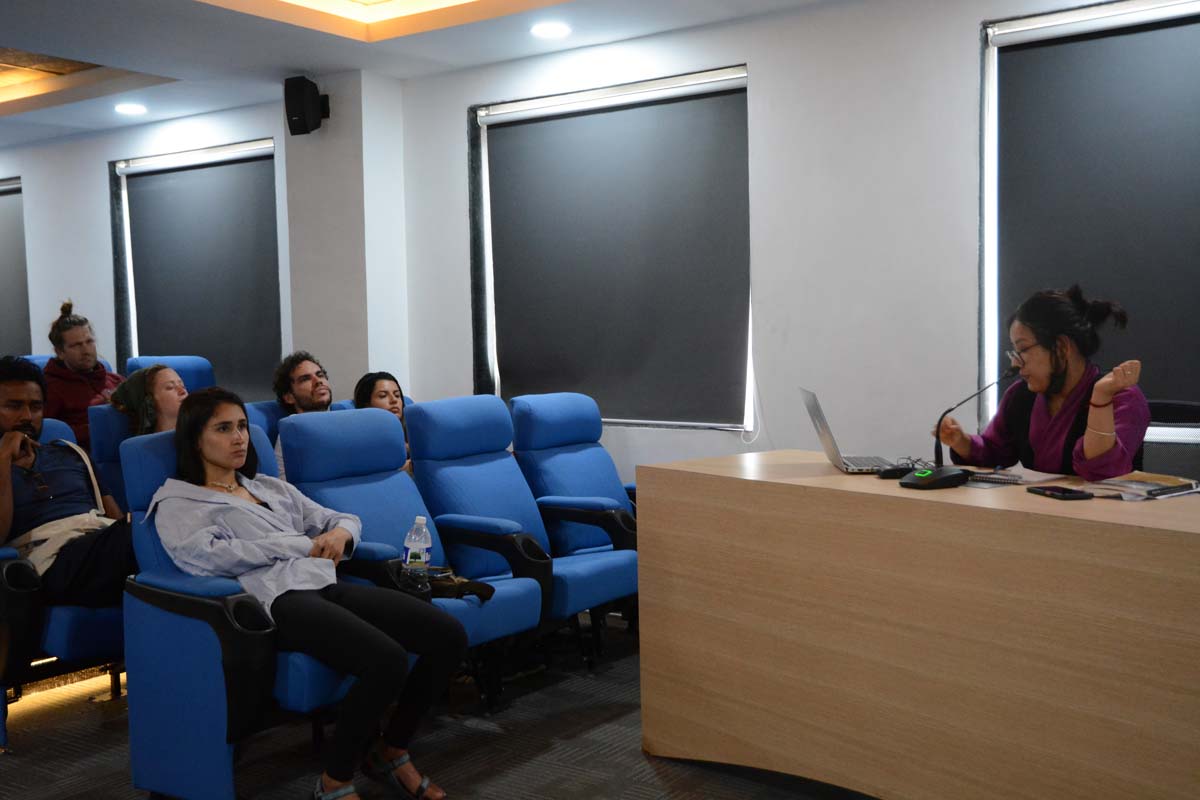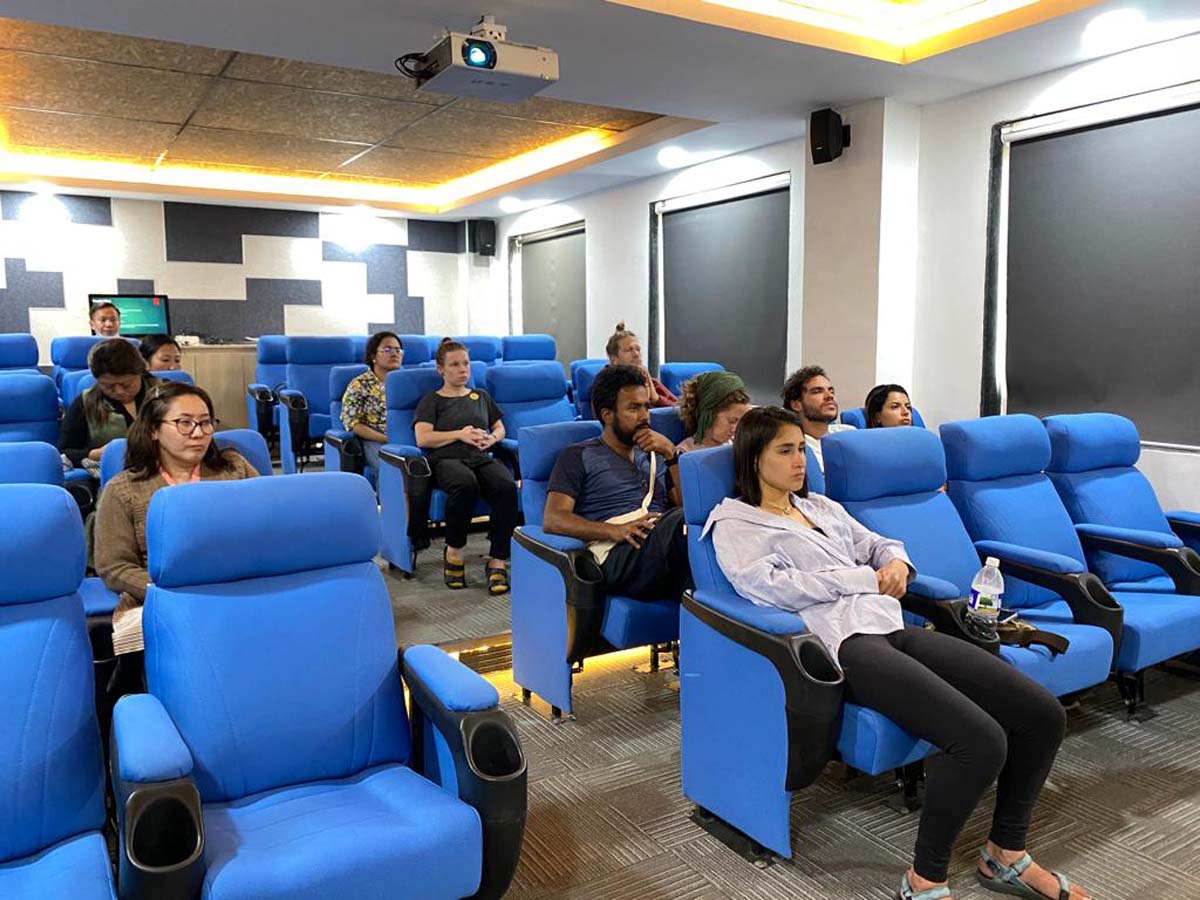The Tibet Awareness Talk Series Program Report: “Development Of Mining Industry Inside Tibet”.

On 27th May 2022, The Tibet Museum, as a part of its Tibet Awareness Talk series(bi-monthly) held a talk by Ms. Dhondup Wangmo (Research Fellow at Tibet Policy Institute ) titled ‘Development of mining industry inside Tibet’. Engaging and evocative, the talk looked at the growth of the mining industry in Tibet and its sociocultural and ecological consequences. The talk, while mapping the said growth, was chronologically divided into four sections: 1950‐1970; 1980‐1990; 2001 and Fourth Pillar.
Ms. Wangmo started her talk by discussing the period of 1950‐1970, when artisanal mining was done. She shared information regarding pre‐1950 mining and talked about how previously Tibetan Lands and Resources were owned by Ganden Phodrang and only artisanal mining of gold and salt was done. No large-scale minimal exploration and exploitation was undertaken and local religious beliefs considered the mountains and rivers sacred. Late 1950s and early 1960s, however, saw arrested Tibetans being sent to labor camps through “reform through labor” in Jandthang Borax mine.
In the next phase, Ms. Wangmo notes the death of Mao Zedong (1976) and the start of Economic Reforms and a survey to find mineral resources in Tibet. Consequently, the Siling to Golmud railway started operation in 1984 which resulted in voluntary migration for the purpose of the mining and areas near Siling-Golmud railway being heavily exploited. This period of 1980‐1990, which had China’s national and regional five-year plans include mining as one of the key projects, saw state investment and the emergence of both state sponsored enterprises and small scale private mining companies. The 1990s saw economic liberalization, private gold mining in Kardze and the ninth five year plan which planned to increase gold production.

Audience listening to the speaker.
Ms. Wangmo went on to discuss in detail the Great Western Development Strategy (2001), which were a set of policies made to encourage foreign investment in western regions of China.
It promoted Urbanization, infrastructure development (railway, road building etc) and the development of the mineral industry. Here, the talk goes on to highlight the examples of Sino Mining Jinkang Ltd and Yurlong Copper mine.
Next, Ms. Wangmo went on to look into the social, cultural and ecological impact of the mining industry in Tibet and its role as the fourth pillar of the Chinese economy.
And finally she ended her talk by stating ‘Tibetans’ belief that mountains are sacred doesn’t make them barbaric, outdated, illiterate or poverty stricken but rather through this belief they were able to consistently sustain Tibet’s environment for thousands of years.’
– Reported by : The Tibet Museum.

Audience listening to the speaker.
